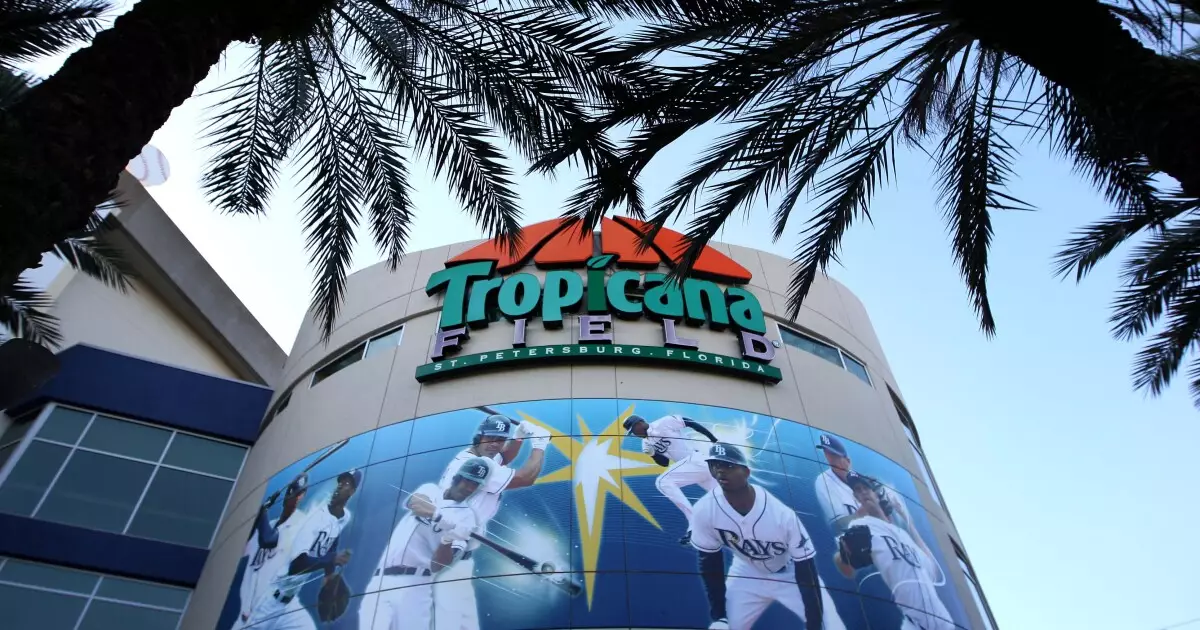The Tampa Bay Rays are inching closer to securing their future with a new stadium, thanks to a recent decision made by the St. Petersburg City Council. On Thursday, the council voted 4 to 3 in favor of issuing $333.5 million in bonds to fund crucial aspects of the stadium project and the redevelopment of an adjacent area. This is a significant milestone for the team, which has long sought a modern venue to replace Tropicana Field. However, this progress comes with a caveat; the Pinellas County Commissioners must also vote to approve a different set of bonds in mid-December for the project to move forward.
The approved bond package consists of several components, including $77 million in Series 2024A bonds and $214.5 million in Series 2024B bonds specifically for the stadium itself, alongside $42 million in Series 2024C bonds aimed at revitalizing the historic gas plant property next door. With an estimated $1.3 billion budget for this ambitious project, the financial machinery is poised to activate, involving lead underwriters like BofA Securities and Raymond James, along with valuable advisory roles from PFM Financial Advisors and legal counsel from Bryant Miller Olive. The bonds, backed by a mix of non-ad valorem taxes and fees, will reach maturity by the end of 2055, indicating a long-term investment in the region’s future.
While the approval from the city council is a laudable step forward, the challenges are far from over. Local sentiment regarding stadium financing has been mixed, particularly in light of the mounting expenses attached to public financing across the nation. City Council Member Lisset Hanewicz’s dissent during the bond vote highlights the concerns around the transparency of the negotiations, especially as no officials from the Rays attended the council meeting. This points to potential communication issues and raises questions about the engagement of the team with local governance.
Additionally, the urgency for a new stadium has been heightened by the recent damage inflicted by Hurricane Milton on Tropicana Field’s roof, forcing the Rays to seek alternative housing for their games next season. The plan to play in the New York Yankees’ minor league venue, Steinbrenner Field, indicates a temporary solution that underscores the pressing need for a new home.
The proposed stadium not only affects the Rays but also has broader implications for St. Petersburg and the surrounding region. A state-of-the-art facility is expected to bring in increased foot traffic, enhancing local businesses while also revitalizing the adjacent gas plant district. With the proposed infrastructure upgrades financed through the Series 2024C bonds, the area could see a renaissance, establishing it as a sports and entertainment hub.
While the passage of the bond proposal marks a significant step for the Tampa Bay Rays, the journey to a new stadium involves navigating political, financial, and communal landscapes. The stakes are high, and as discussions continue, the focus will remain on listening to community concerns while working to bolster local support for the transformative project.


Leave a Reply